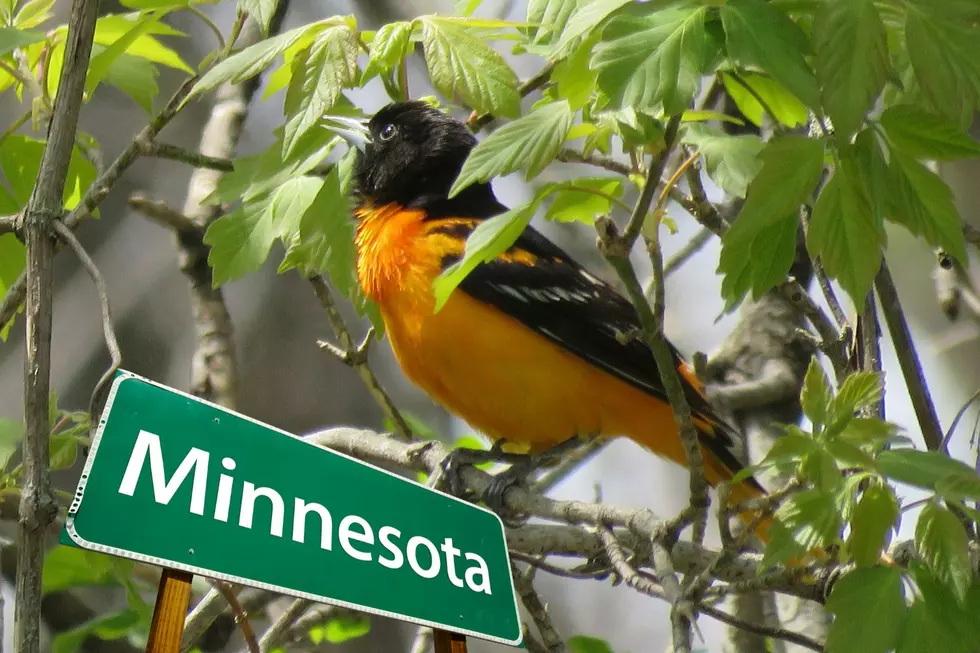
NWS Duluth: 15 Foot Lake Superior Waves, Lakeshore Flooding Possible Into The Weekend
The tallest wave on record on Lake Superior occurred on October 24, 2017, just north of Marquette, Michigan as a wave reached a height of 29 feet. While we aren't expected to see anything to that degree this week, there is notable and nasty weather headed toward the Northland.
Early in the week, the National Weather Service in Duluth announced that it had been keeping its eye on a system that they expected to affect the Northland Thursday night and linger through the weekend.
On Wednesday evening, they provided the following update through their Facebook page:
We're still keeping our eye on the system that will affect the Northland Thursday night through the weekend. Moderate rain and strong northeast winds are expected. The heaviest rainfall is expected to fall across central Minnesota and Wisconsin, though totals over an inch will be possible south of Highway 70 by the end of the weekend.

They also provided the following key messages:
- A strong fall storm will affect the Northland Thursday evening through Saturday.
- Measurable rainfall is likely along and south of Highway 2, with the highest potential for greater than 1" of rain along and south of Highway 70.
- Rain will be accompanied by strong northeast winds, especially near Lake Superior.

Shortly after releasing that information, they posted another update providing additional details on what Northland residents may see with this storm. The National Weather Service says that strong northeast winds to gales will lead to waves up to 11 ft over Lake Superior this weekend.
Furthermore, some lakeshore flooding in the Twin Ports is possible with the highest waves arriving on Friday afternoon and into Saturday morning.
UPDATE: On Thursday morning, they provided yet another update which predicted rain beginning Thursday morning and continuing through Saturday, with measurable rainfall likely as far north as the Iron Range. However, it does appear the greatest amount of rainfall will stay south of the Twin Ports.
Strong winds are still in play with this storm. In fact, while the NWS originally predicted Lake Superior waves up to 11 feet, they have increased that to 15 feet, while threat the of lakeshore flooding in the Twin Ports is still possible.
As we get closer to this weather event, the NWS will continually provide updates on when this storm will arrive and where the areas of greatest impact will be. I guess if there's a positive in all this, it's that it isn't snow!
LOOK: The most expensive weather and climate disasters in recent decades
Gallery Credit: KATELYN LEBOFF



